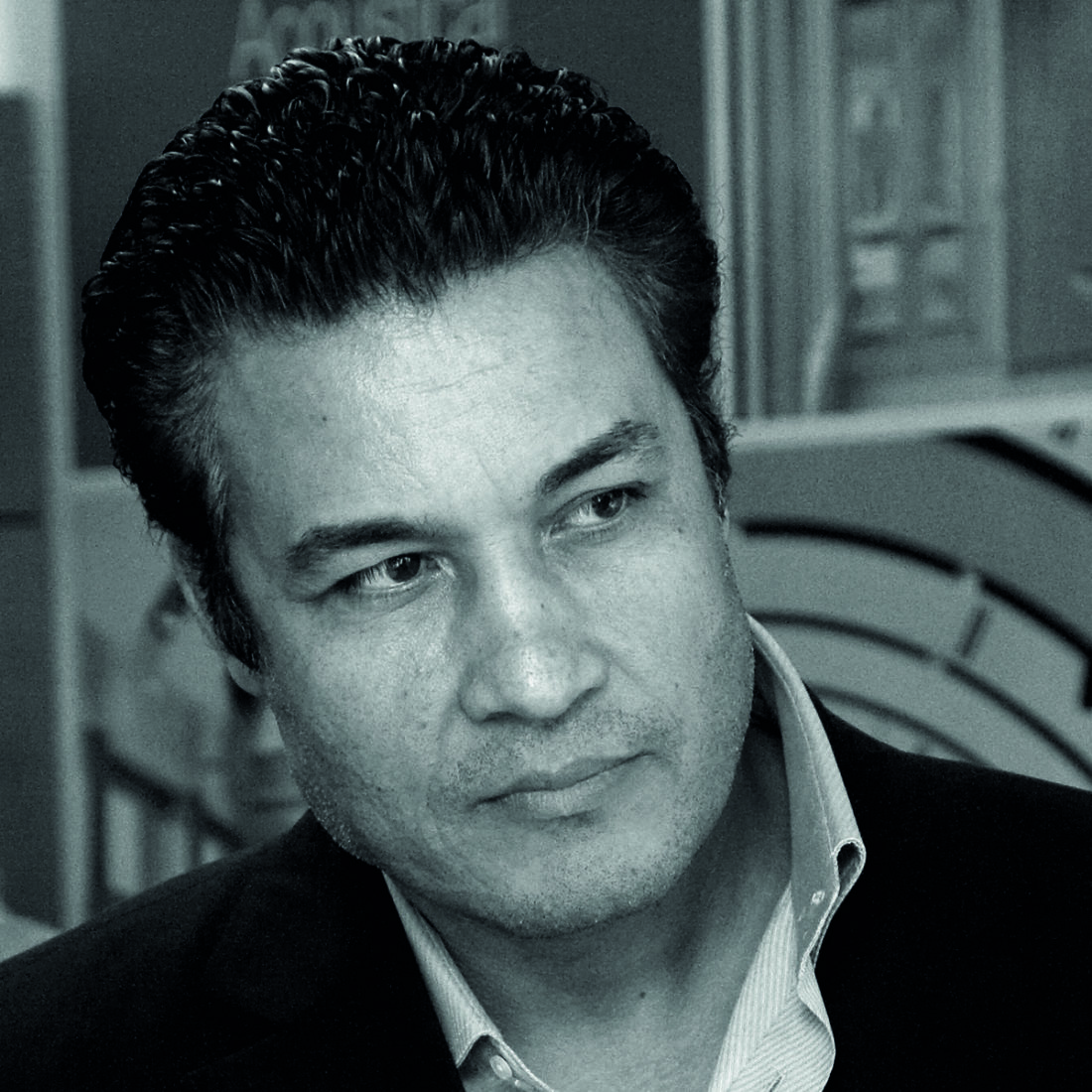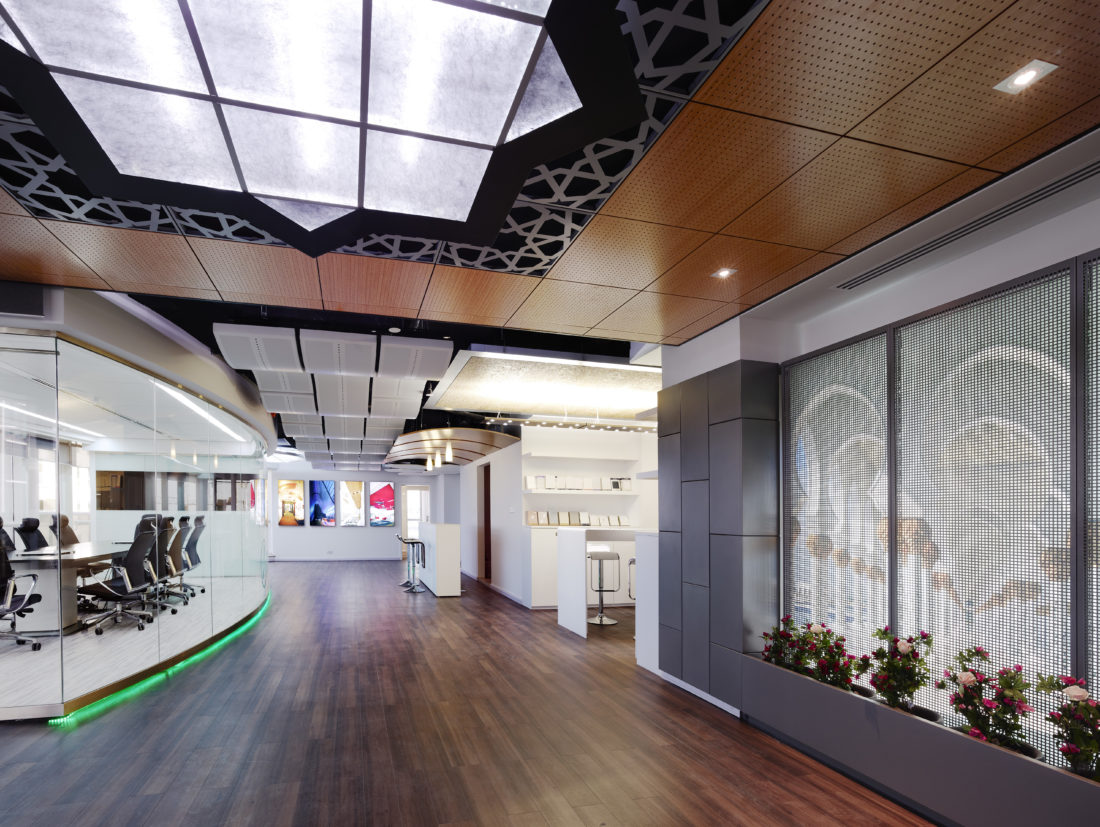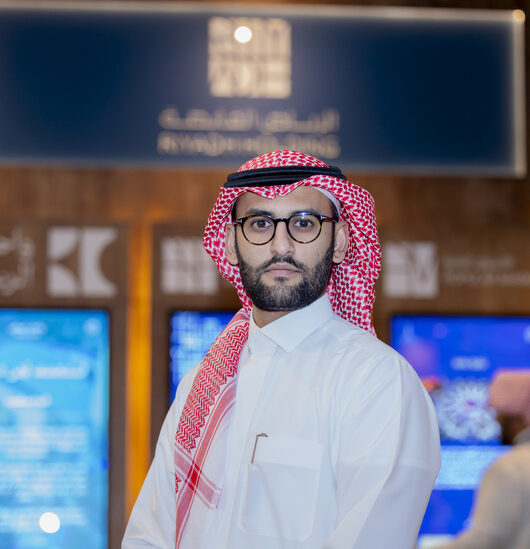 Mohamed Khaled, sales director, Armstrong Ceiling Solutions, Middle East, talks about the trends, challenges, and technology
Mohamed Khaled, sales director, Armstrong Ceiling Solutions, Middle East, talks about the trends, challenges, and technology
Could you tell us more about the brand and its presence in the region?
Armstrong Ceilings has been established for more than 150 years and offers multi-material ceiling system solutions that help to enhance comfort, building efficiency, and overall performance for our customers. Our regional head office and showroom in Dubai not only display the various materials and custom solutions but also offer local support and engineering to turn companies’ ideas into realities. This year, our focus is to grow our presence in the Middle East. We recently launched a distribution service in the Middle East to reduce lead times for the supply of ceiling solutions. The gives contractors a cost-effective service as they only need to pay for what they need at the time and not a percentage of the overall project value, allowing them to complete projects more quickly.
What are the upcoming trends?
Open-plan spaces: These are becoming increasingly popular as they flood rooms with natural light and airflow. Open spaces, where light can still pervade and that take advantage of ceiling systems that ‘zone’ noise, provide individuals with the space to focus without taking them out of the room.
Smart sustainability: In 2020, we should notice a rise in companies investing in natural and recyclable materials to achieve an ecofriendly building. We are already seeing projects use biophilia to make a sustainable difference: The Green Planet in Dubai is a perfect example of this. We are proud to have supported the project in their journey towards sustainability.
Natural light: There is an increasing demand to create ceiling solutions that provide natural light, which in turn, can create an illusion of more space. From creative ceiling designs to ceilings and canopies, these ceiling solutions can all meet the demand for natural light.

Elaborate on the challenges that come along?
One of the major challenges in this region is the integration of the various services, i.e. light, air diffusion, and speakers. This is why our pre-engineered TechZone system has been so successful. We have teamed up with industry leaders in lighting and air diffusers to assure fit and finish. TechZone allows the customer to specify technical fixtures with confidence, knowing that all components will fit perfectly. Apart from this, there are two categories of challenges— logistical and physical. The first is all about the demands of the client and the supply chain – it’s always more complex during refurbishment or renovation around working buildings. The second surrounds the environment and conditions the project faces. Another major challenge is disruption. School life continues regardless of the construction team and hospitals need to keep operating around the clock – productivity waits for no one. Faced with rigid timescales and working hours, flexibility is crucial. Teams must work together to agree on timings and activities, setting out a clear logistical plan – including contingencies. It’s also important to bring in the installation team early to survey, prepare, and work through potential issues in advance.
What kind of projects are you doing here?
We are doing all kinds of projects within healthcare, education, transport and theme parks. Some of the projects we are currently working on include Jeddah Airport (KSA), Kuwait University (KWT), Al Rajhi Bank (KSA), BDF Cardiac Center (BHR) Kuwait Municipal Council (KWT), amongst others. This diverse range of projects strengthens our portfolio and presence in the Middle East, we are starting to see a demand for sustainable ceiling solutions.

I believe technologists need to work with designers and architects to ensure that these smart buildings look as good as they perform – this is where ceilings play a vital role. Recent trends highlight that technology should be invisible. Therefore, when creating spaces, we have to ensure that technology is concealed. Ceilings must blend the technology into space itself, whether that’s through monolithic systems shaped around technological features, or the use of canopies, baffles and floating ceilings to hide equipment within the ceiling space.
Do you work sustainably?
Here at Armstrong, sustainability is a key focus and 70% of our products are C2C certified. We understand that many companies want to create a greener building and ceiling systems play a major role in effective energy consumption. Our sustainable ceiling solutions contribute to BREEAM, LEED, and a range of other green building rating tools.







